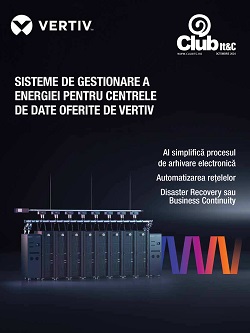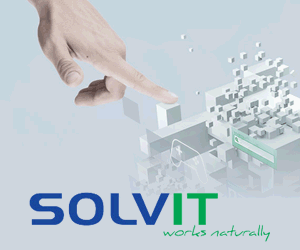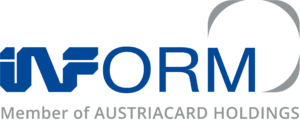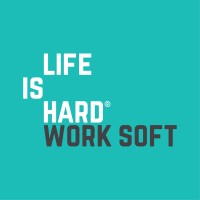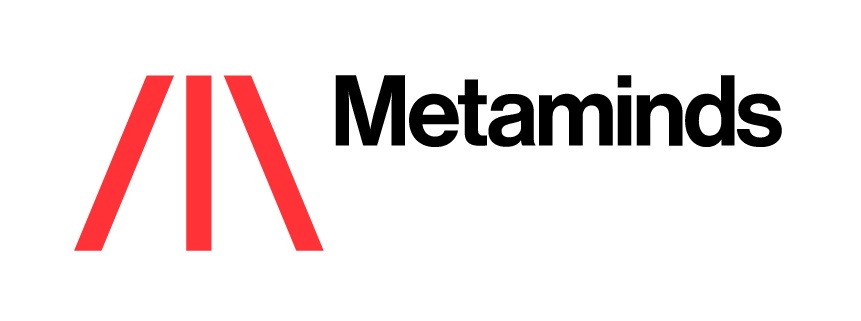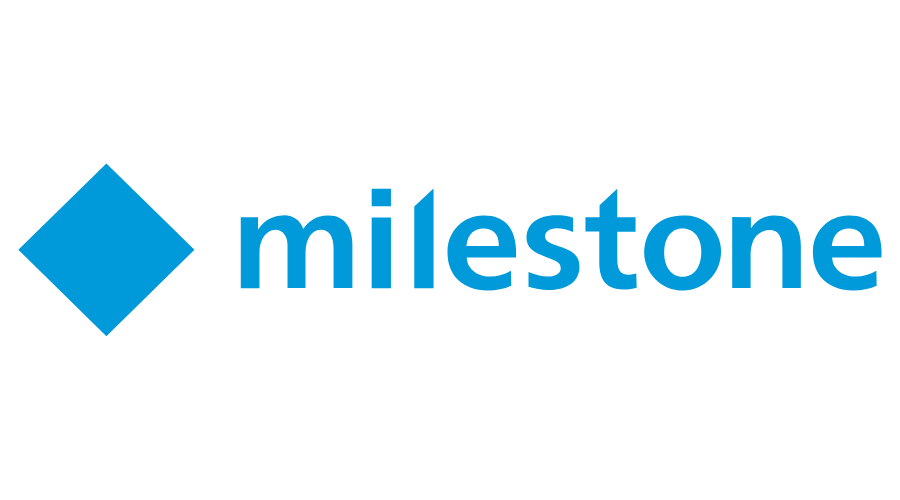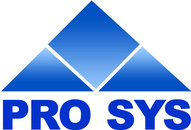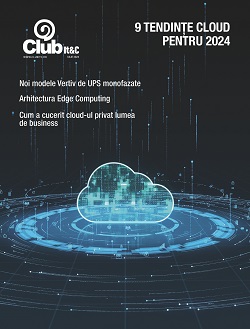The new working trends are not new anymore. Office as a destination, hybrid work, social offices, tech for inclusive set-ups and ESG requirements have identified themselves as stable trends and have a significant impact in the workplace and change management processes that majority of companies go through nowadays, according to CBRE Romania, the leader of the real estate consultancy market.
In an effort to adapt to the changes in the labour market and the new hybrid work formats, companies turn to specialized services to make the transition as smooth and efficient as possible. Amid market demands, CBRE has developed a specialized workplace team that provides workplace management & strategies services for companies in fields such as IT&C, Shared services, Pharma etc. CBRE is the only local company that integrates the entire set of services for transactions and office space arrangements, having also a suite of architects who complement the teams of consultants in the Office department.
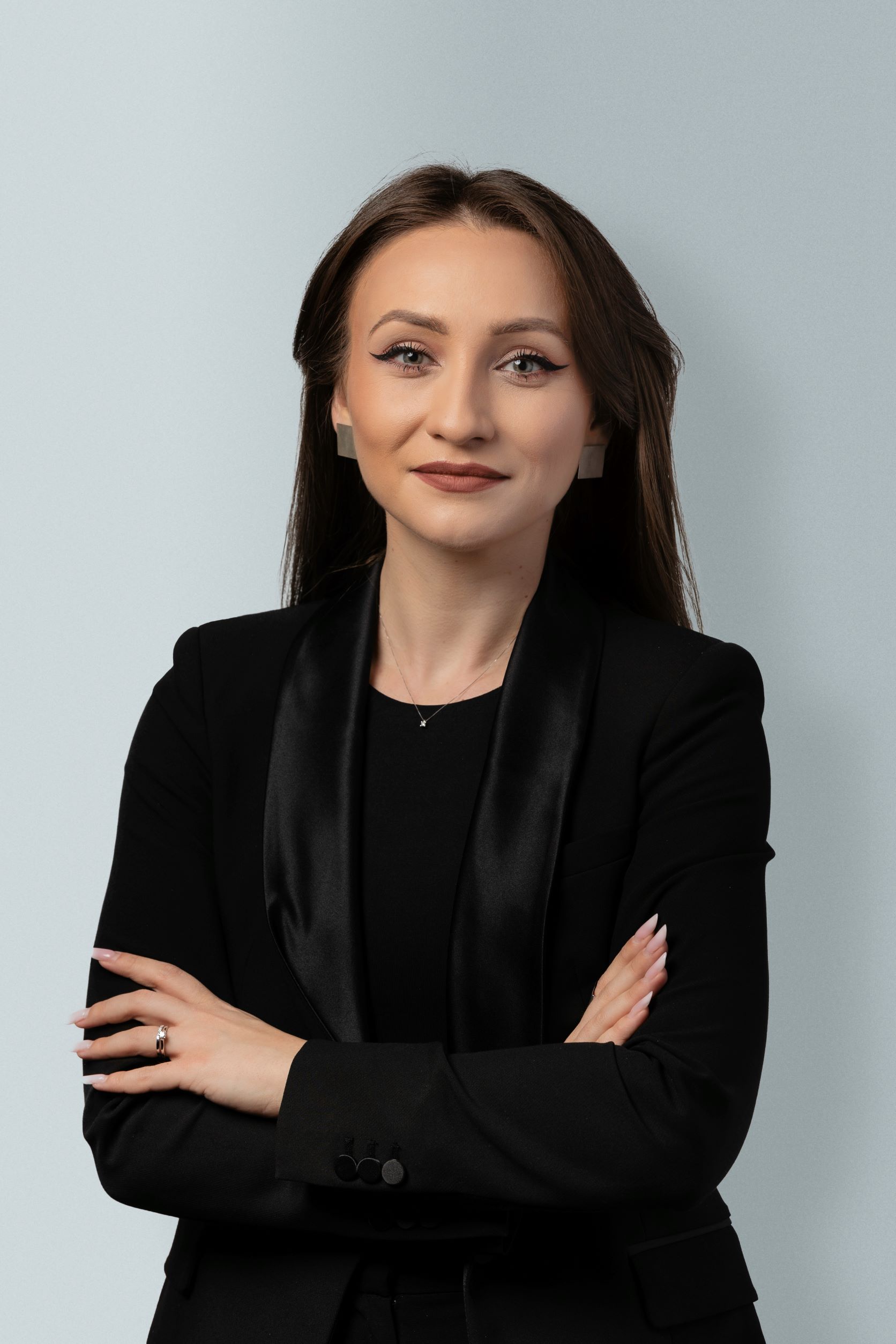 “When we talk to our partners, we are always thinking about the change process for the company’s employees. We begin to understand the organization and culture, we design solutions together with their project teams and take care of communication and implementation. This ensures that we have a finished product with which the stakeholders will resonate. It is increasingly difficult to deliver a successful development project without the change management component”, explains Mihaela Topor, Senior Workplace Consultant at CBRE.
“When we talk to our partners, we are always thinking about the change process for the company’s employees. We begin to understand the organization and culture, we design solutions together with their project teams and take care of communication and implementation. This ensures that we have a finished product with which the stakeholders will resonate. It is increasingly difficult to deliver a successful development project without the change management component”, explains Mihaela Topor, Senior Workplace Consultant at CBRE.
The workplace changed from an activity-related working environment to a workstyle-related one, putting people at the center and focusing on innovation, co-creation, collaboration, health and sustainability. Thus, the offices start to become more social, as the goal is to obtain “The Empathetic Occupancy” – to provide workplaces that are welcoming and enabling everyone to reach areas needed, and to fully use equipment and resources. Also, ESG starts to influence the space requirements of tenants – more and more attention is paid to material selection, collaborative areas, inclusiveness, and diversity.
In this context, when a company is relocating or rearranging its offices, the real estate consultant should collaborate closely with the human resources team, and sometimes with all the teams within the company.
”Let me give you an example: in one of our projects for a major company with a strict workplace guideline, we had to incorporate so many space requirements that summed up, mathematically did not fit in the useful sqm that we had at our disposal. Our tool from the change management process helped us structure their actual needs, optimize the space until it fitted all the requirements plus some new local ideas and discuss everyone’s optic until they were pleased in the new space. This is an example of a successful outcome, a design developed from a change management process, involving complex decisions made simple by our clear approach”, explains Mihaela Topor, Senior Workplace Consultant at CBRE.
Companies are increasingly attentive to the needs of employees, from the redevelopment of office spaces to the connection of teams. Especially companies with a large number of employees need specialized services to coordinate the entire process of changing the way and processes of work. CBRE architects are specialized in office design and develop solutions for the company’s needs related to people, values and organizational culture, workflows of work processes, visions of the format in which the company will work more productively and will stay in an environment that puts their wellbeing on first.
Change management techniques are vital to bringing companies through adjustments in how we do business, how we must adapt to shifting business needs, or changes that have the potential to create discord among employees. Yet, all too often the need for change management in positive growth situations is overlooked. It is often assumed that companies can absorb this kind of change because it’s positive, but usually this growth is accompanied by an office relocation.
“We recently carried out a project for a very large company that is consolidating into a new headquarters and at the same time accommodating the merger of two large teams of people who have never worked together. There were 2 overlapping change management processes: one with a lead from the real estate team, one with a lead from the HR team, the common goal being the merger of a single team into a single house. If we did not work together it would result in either a beautiful house and an unhappy marriage, or a happy marriage in a non-functional house. That’s why we chose together the pilot team that entered space first. We did together surveys on both teams, interviews, workshops. And all the information gathered together was then the basis of the design theme of their new home, which translated into the final design concept”, explains Mihaela Topor, Senior Workplace Consultant at CBRE.
The future workplace must allow employees to work from a variety of spaces and places interchangeably and securely considering that the hybrid work model is here to stay.
Tech companies face different challenges, and they need to create a more inclusive and productive meeting experience for virtual participants that requires more than simply installing web cameras in conference rooms. Furniture choice, equipment configuration and even marker colors all affect the space’s effectiveness. Collaboration spaces that are purpose-built for mixed-presence collaboration take in consideration not only a new set of design principles, but also a couple of technology principles like ensuring compatibility of new tools with the existing network infrastructure and security requirements.


